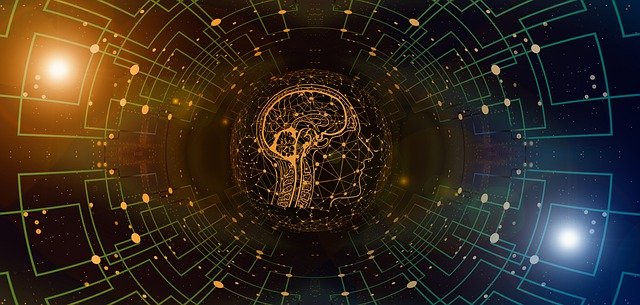In 2018, Gartner Distinguished VP Analyst David Cappuccio wrote a piece entitled “The Data Center is Dead,” in which he predicted that because of the continuing rise of such things as cloud providers, Software as a Service (SaaS) and edge services, some 80 percent of enterprises will shut down their traditional data centers by 2025.
Certainly the world’s seven million data centers, labelled “the building blocks of our online world” in an October 2020 piece on the website Bigstep.com, have continued to evolve since then. That is in no small part due to the pandemic, which has accelerated automation. Artificial intelligence is central to that, as it makes it possible to detect possible risks, heighten energy usage, ward off cyberattacks and even bolster on-the-ground security.
AI is, in the words of Jensen Huang, CEO of the computer systems design services company Nvidia, “the most powerful technology force of our time,” and other business leaders appear to have taken that to heart. Some 83 percent of organizations increased their AI/machine learning budgets from 2020 to 2021, well aware of the benefits AI can provide. As it was put in one blog post, no other technology improves the efficiency of a data center to quite the degree of AI. That was demonstrated by MIT researchers who devised an AI system that hastened processing speeds by as much as 30 percent, and by an HPE deep-learning application that identified and resolved bottlenecks.
Some of the most promising uses of AI to date have come in the area of energy conservation, which is of no small concern, considering data centers consume about three percent of the world’s electricity, and produce about two percent of its greenhouse gasses. And with more and more data being churned out by the year, it is estimated that data centers will gobble up 10 percent of the world’s energy by 2030.
Google showed how AI can be used to curtail this trend, when in 2014 it used its Deepmind AI to reduce the energy used for cooling by 40 percent at one of its data centers, and achieve an overall reduction in power usage effectiveness (PUE) overhead of 15 percent.
AI also defends against cyberthreats by discerning any changes in normal network behavior, and can even powers robots that patrol the grounds outside data centers.
It is inarguable, then: AI usage in data centers is on the rise, and as mentioned that is part of the larger trend toward automation. According to Mordor Intelligence, the data center automation market, which stood at $7.34 billion in 2020, is expected to be valued at $19.65 billion by 2026, a compound annual growth rate of 17.83 percent.
While Dave Sterlece, an executive at the automation company ABB Ltd., told Datacenterdynamics.com that such innovation is “not hugely widespread yet,” he called that which has emerged to date “exciting” and added, “The potential is there.”
It seems certain to be realized in the years ahead, as data centers continue their evolution, and continue to power the online world.
